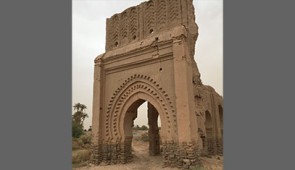Embed Video:
<iframe width="560" height="315" src="https://www.youtube.com/embed/G6C_WCz67Dw" frameborder="0" allow="accelerometer; autoplay; encrypted-media; gyroscope; picture-in-picture" allowfullscreen></iframe>
An ambitious exhibition showcases the splendor and power of the lost kingdoms and commercial centers of Africa, using centuries-old artifacts from sites around the Sahara Desert and artwork from West and North Africa, Europe and the Middle East that reveal the reach of Saharan networks, in a first-of-its-kind show that opened in January.
The Block Museum of Art at Northwestern University’s “Caravans of Gold, Fragments in Time: Art, Culture and Exchange Across Medieval Saharan Africa” debuted at the Block Jan. 26 through July 21, 2019, before traveling to the Aga Khan Museum in Toronto (Sept. 21 2019-Feb. 23, 2020) and the Smithsonian’s National Museum of African Art in Washington, D.C. (April 8-Nov. 29, 2020).
Presenting more than 250 artworks and fragments spanning five centuries and a vast geographic expanse, the exhibition features loans from partner museums and institutions in Mali, Morocco and Nigeria, including many items that have never been presented in the United States.
<iframe width="560" height="315" src="https://www.youtube.com/embed/G6C_WCz67Dw" frameborder="0" allow="accelerometer; autoplay; encrypted-media; gyroscope; picture-in-picture" allowfullscreen></iframe>
Download All Images (.zip file)
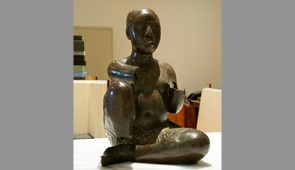
The following works will be among 250 artworks and fragments on display Jan. 26 to June 21, 2019 at The Block.
The exhibition catalogue preview is available online. To receive a press copy, email Stephanie Kulke or Erin Karter.
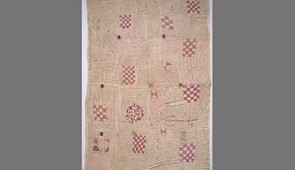
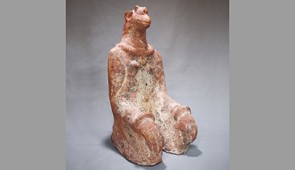
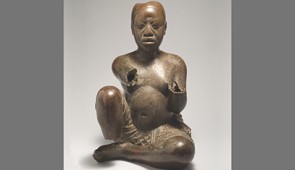
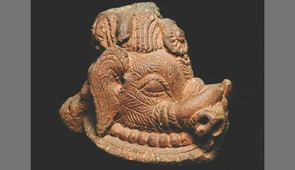

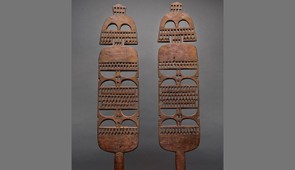
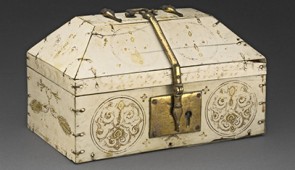

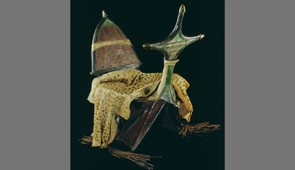
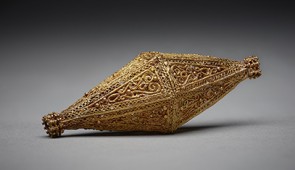
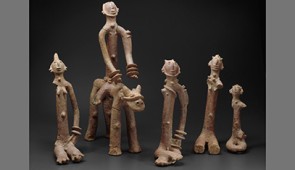
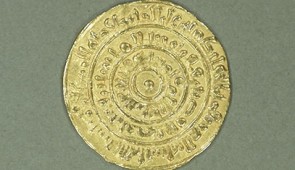
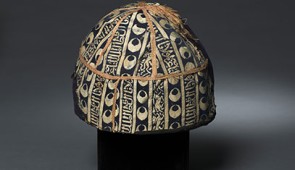
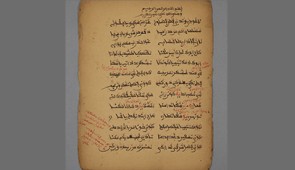
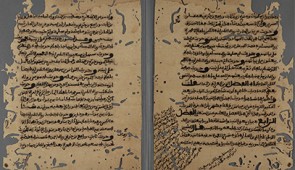
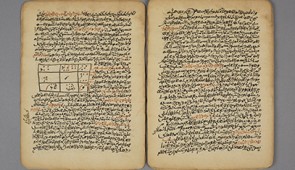
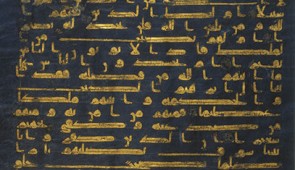

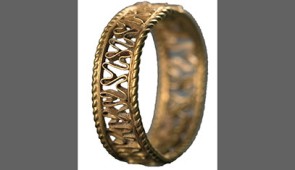
During the medieval period, major trade routes crossing the Sahara Desert linked cities and towns that functioned as trade centers.
Southward the routes connected with the Niger River, a major byway to Africa’s forest region. Northward they connected to the vast trade networks of the Mediterranean Sea, traveling inland across Europe, while eastward they met the Levantine routes and ultimately the Silk Roads of Central and East Asia.
Download All Images (.zip file)
Download All Images (.zip file)
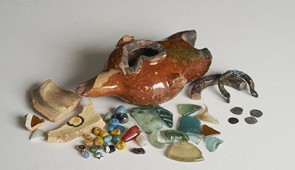

Download All Images (.zip file)
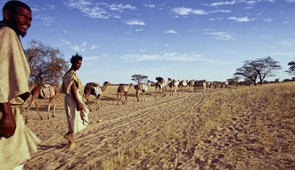
![Atlas of Maritime Charts (The Catalan Atlas) [detail of Mansa Musa], Abraham Cresque (1325–1387), 1375, Mallorca. Parchment mounted on six wood panels, illuminated. Bibliothèque nationale de France. On view in exhibition as reproduction.](/assets/Journalists/16-CaravansofGold-MansaMoussa2__FocusFillWzI5NSwxNzAsInkiLDBd.jpg)
